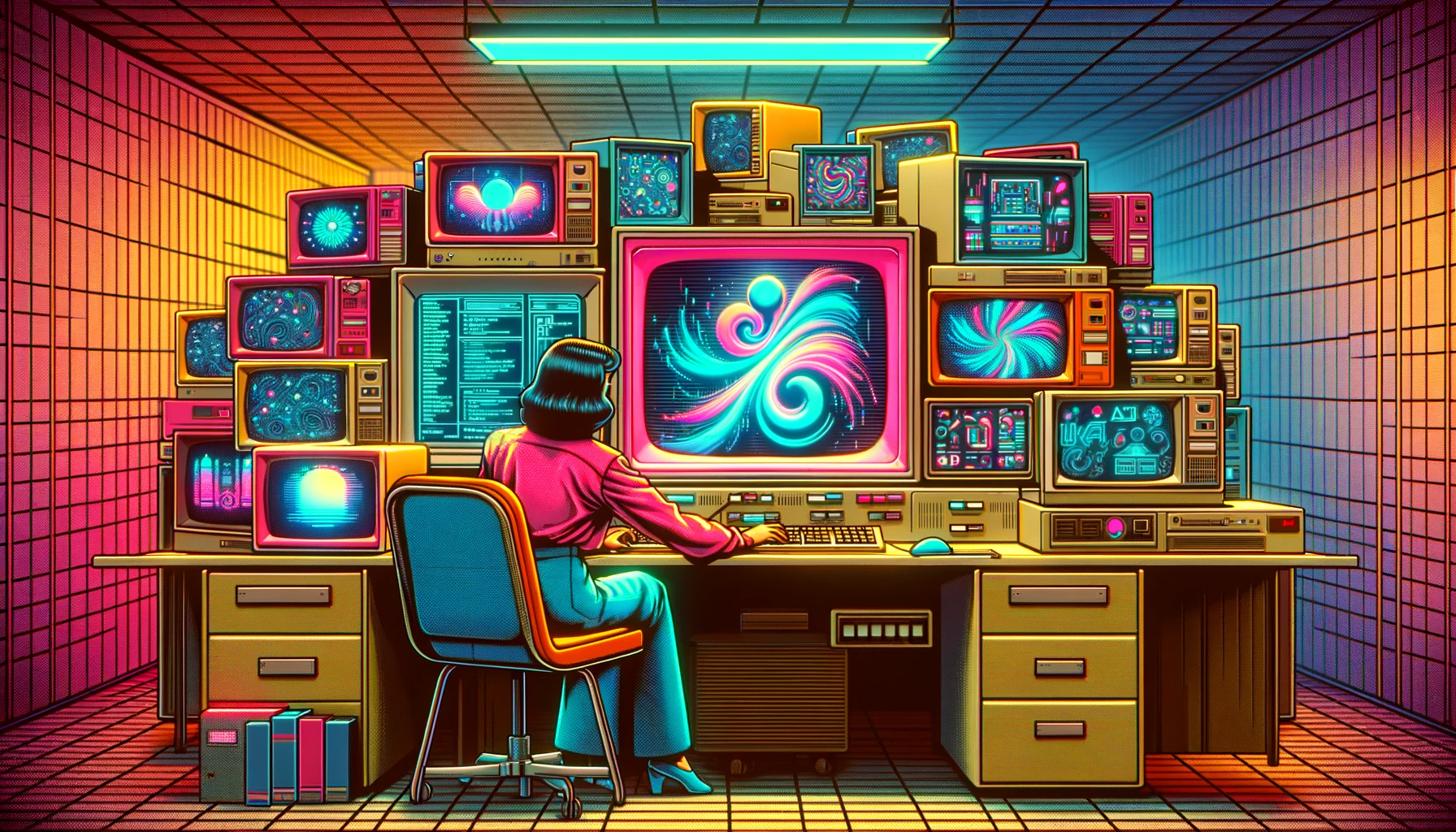The integration of generative AI into the realm of product design marks a paradigm shift, reshaping how designers approach creativity, collaboration, and problem-solving. As a senior product designer with extensive experience in both traditional and AI-driven design methodologies, I’ve observed how generative AI is not just a tool but a revolutionary force, altering the very fabric of design workflows. The ability of AI to analyze vast datasets, predict trends, and generate creative outputs is transforming the role of designers. This shift is not just about enhancing efficiency or speed; it’s about opening new horizons of innovation and personalization, pushing the boundaries of what’s possible in design.
Embracing Generative AI in Design
- Accelerating Creative Processes: Generative AI facilitates rapid ideation, allowing designers to explore diverse concepts swiftly. This acceleration is crucial in the ideation phase, where multiple iterations can be generated and evaluated in a fraction of the time it would take manually.
- Personalization at Scale: AI algorithms excel in analyzing user data to tailor designs. In user interface design, this can translate into creating highly personalized user experiences that resonate better with the target audience.
- Enhancing Collaboration: AI as a collaborative partner is a game-changer. It can suggest modifications, offer creative insights, and even predict user preferences, fostering a collaborative environment especially effective in remote and hybrid work settings.
- Streamlining Routine Tasks: Automating mundane tasks like image resizing or layout creation not only saves time but also allows designers to concentrate on more intricate and creative aspects of their projects.
- Data-Driven Decisions: Implementing AI for user interaction analysis can provide actionable insights, ensuring that design choices are not just aesthetically pleasing but also functional and user-centric.
- Experimentation and Testing: Generative AI’s ability to create variations for A/B testing empowers designers to make informed decisions based on user preferences and behaviors.
- Learning and Growth: AI-driven design tools also serve as learning platforms, suggesting new styles or techniques based on the designer’s past work and current design trends.
The role of generative AI in product design transcends mere technical aid; it heralds a new era of design philosophy where human creativity and machine intelligence converge to create extraordinary outcomes. This fusion is not only redefining existing design paradigms but also pioneering new ones, allowing us to reimagine the future of product design. As designers, our journey with AI is just beginning, and it promises a landscape where our creative potentials are not limited by traditional constraints but enhanced by AI’s limitless possibilities. The future of design, enriched by AI, beckons us to explore, innovate, and evolve in ways we never thought possible.


Lascia un commento